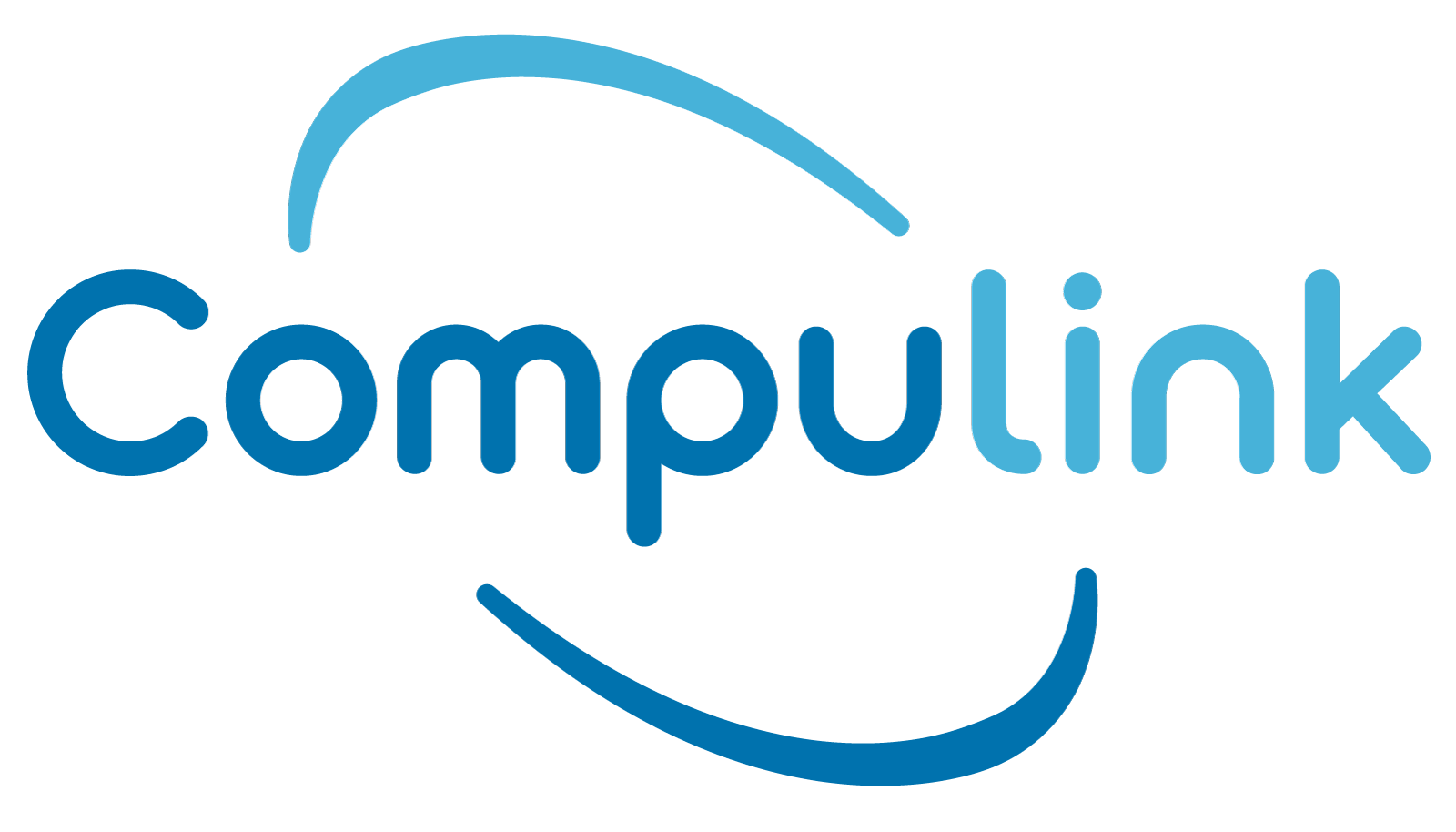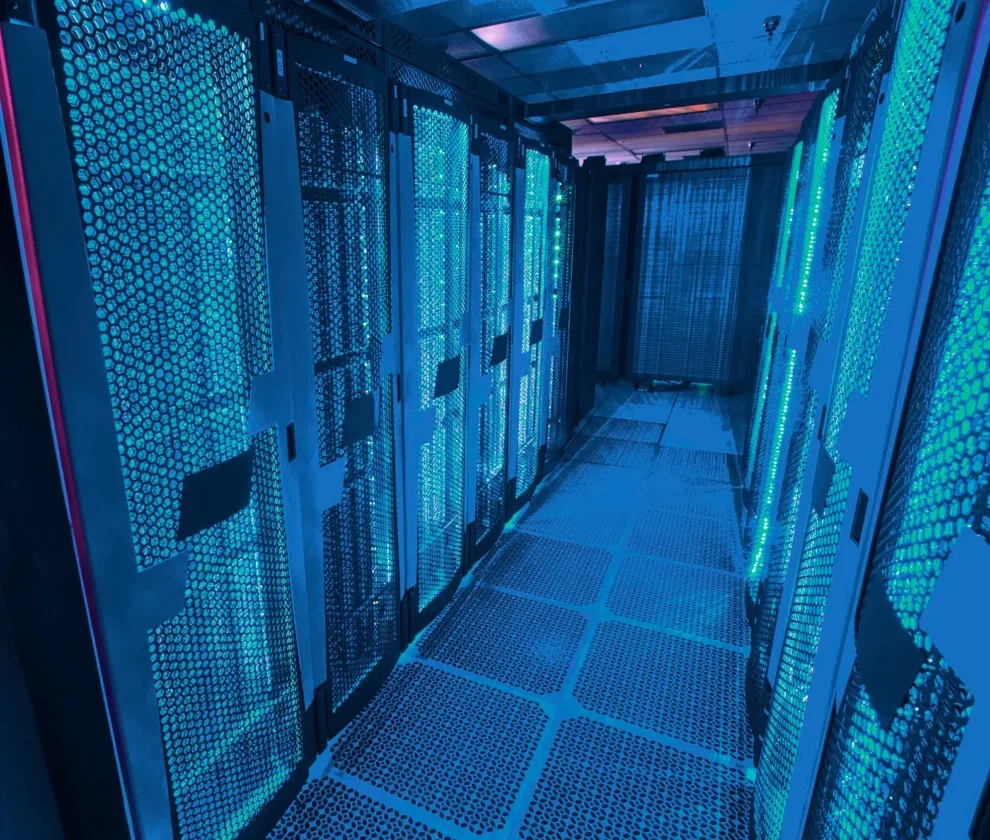One can connect all types of digital infrastructure via fiber optics cable installation. It helps ensure the seamless and cost-effective distribution of optical telecommunication traffic to end users. Given the surging demand and use of fiber optics cables, almost every commercial and residential place now has access to high-speed internet connectivity.
This informative guide explores the types of fiber optics cable, its installation process, and its cost. But before that, let’s brush up on what fiber optics are.
Fiber Optic Cables: What Are They?
As thin as human hair, glass or plastic fibers make up the strands of fiber optic cables. A buffer coating and cladding material enclose the cables’ central glass core. Fiber backbone cabling transfers light instead of electronic signals, similar to how conventional coaxial and twisted pair lines do. Fiber optics cables bring you the following benefits:
- Exceptional bandwidth; Non-flammable
- High Reliability (Given the resistance to electromagnetic interference)
- The signal transmission distance is hundreds of times greater than that of copper wire.
- In contrast to copper wire, it is much lighter and thinner.
Installing Fiber Optics Cable
When planning for fiber optics cables installation in your commercial/residential place, remember these pointers:
Step 1:
First, you must decide which kind of cable best suits your requirements. Single-mode and multi-mode fiber optic cables are the two basic varieties. Go for multi-mode optic cables if you intend for close-quarters transmissions. Nevertheless, single-mode fiber optic cables are the ideal choice for long-distance transmissions.
Step 2:
After selecting the appropriate kind of cable, you must get the cable ready for installation. The outer jacket, as well as the inner coating, must be stripped. Moreover, a fiber optic cleaver will be required to sever the cable ends precisely.
Step 3:
You can begin installing the cable when it has been prepped. Running the wire via the intended path and attaching it to the appropriate termination points are required for this.
Note: It’s crucial to adhere carefully to the manufacturer’s guidelines because installing fiber optic cables might be a challenging task. However, installing fiber optic cable in your residence or place of business becomes simple when you plan ahead and hire a contractor.
Types of Fiber Optic Cables
The refractive index, material, and method of light propagation can all be used to categorize optical fiber cables. So, the several types of fiber optics cables are:
| Step Index Fiber Optics |
|
| Graded Index Optical Fiber |
|
| Plastic Fiber Optics Cable |
|
| Photonic Glass Fiber Optics |
|
| Single-Mode Fiber Optics |
|
| Multi-Mode Fiber Optics |
|
Fiber Optics Cables Installation Costs
Depending on the number of fibers, you can anticipate paying between $1 and $6 per linear foot for the installation of fiber optic cable, besides the price of connecting gear and terminations. However, making an estimation of the overall fiber optic cabling cost in an entire commercial or residential building can be a daunting task. For instance, Cat5/Cat5e fiber optics cables installation costs around $15,000-$30,000 on average for a commercial building with 100-200 drops.
Well, contrary to what others believe, fiber optic cable installation isn’t expensive at all. Ever heard or read about the United States Department of Transportation (USDOT)? One of its units—the Research and Innovative Technology Administration—provides fiber optic cable installation costs for a range of programs and initiatives. Keep in mind that these initiatives might be substantially bigger than the average corporation.
Ending Note
The surging popularity and demand for optical fiber in developing nations like the US will soar due to the development of 5G. It is crucial to comprehend and select the proper kind of optical fiber for the application to which it will be put.
The meticulous installation will increase the overall transmission rates and aid in extending the optical fiber’s lifespan. So, intending to install fiber optics cables at your commercial/residential place any time soon? Connect with the most experienced and skilled fiber optics installer in the city.
FAQ:
Is fiber-optic cable good for the internet?
Simply said, YES. Compared to cable or DSL, it is significantly faster and more dependable. However, it also provides significant benefits like higher TV picture quality and no throttling.
Is fiber optic better than Wi-Fi?
When compared to Wi-Fi or wireless networks, fiber optic cables offer quicker data transmission. This gives fiber optic cables an edge over the speeds of the two networks. Fiber optic connections are resilient even during peak hours, unlike wireless networks that often get sluggish in such instances.
What are the key advantages of fiber optic cable?
The key advantages of fiber optics cables are as follows:
- They carry and transmit more data than metal cables.
- They are less vulnerable to electromagnetic radiation interference.
- Compared to metal wires, they are smaller and lighter.




